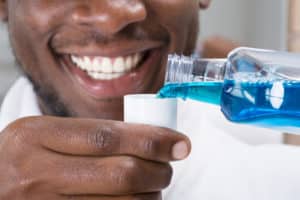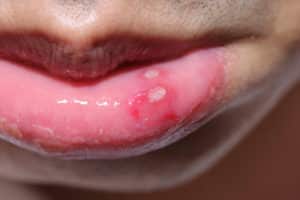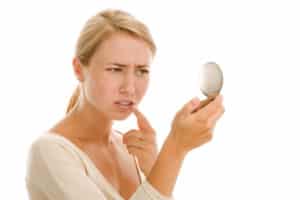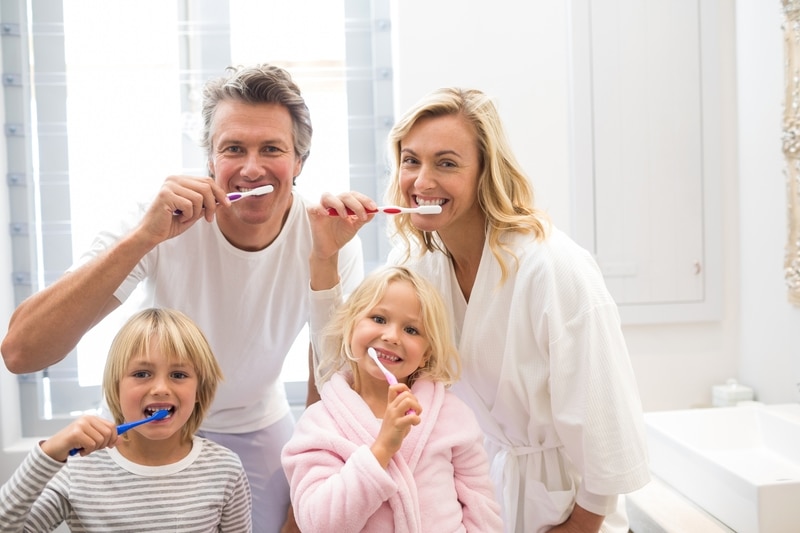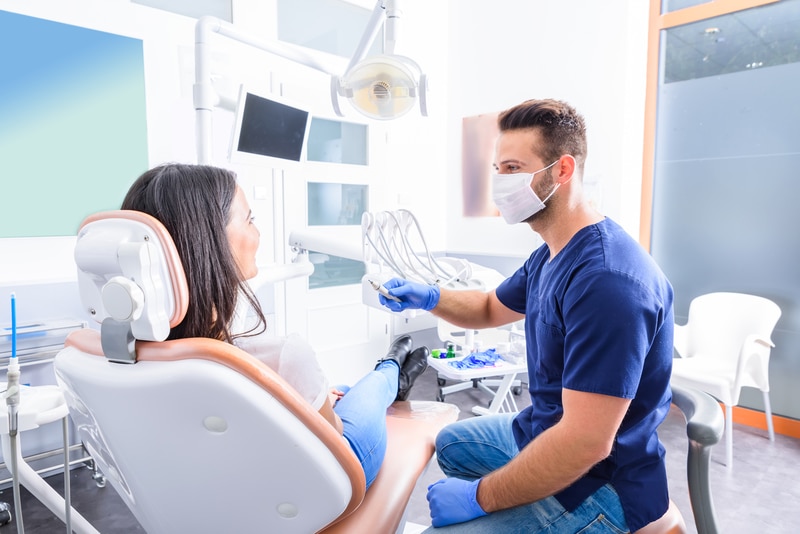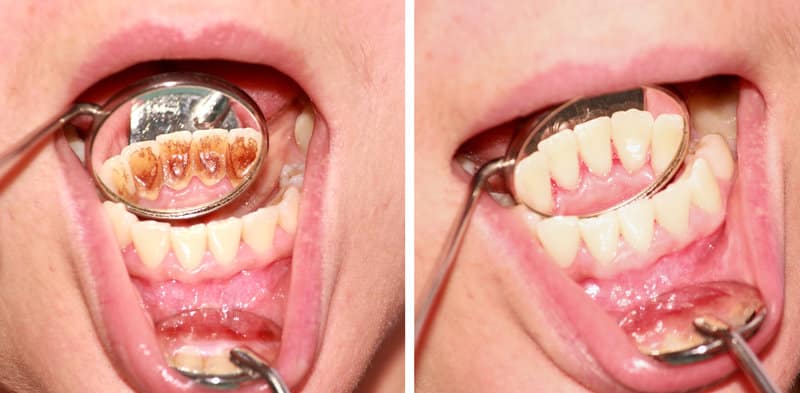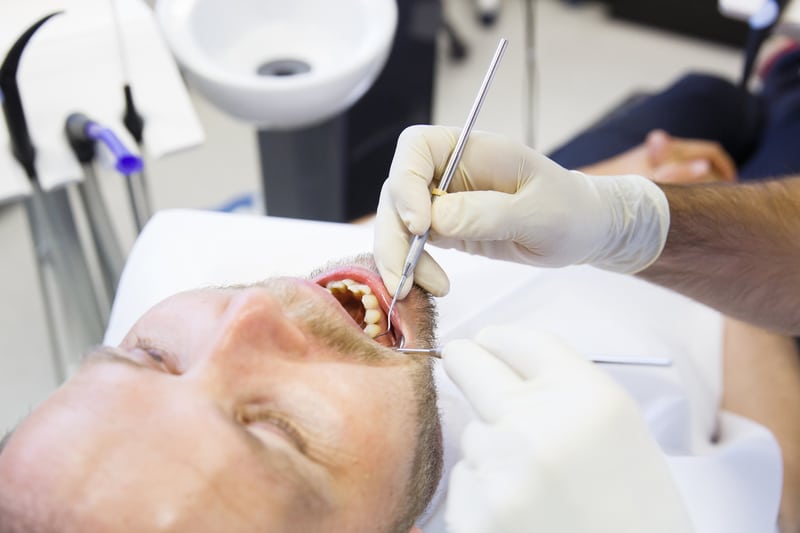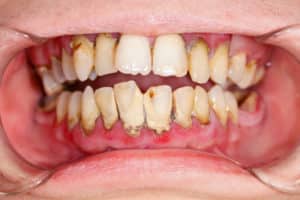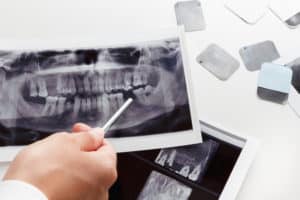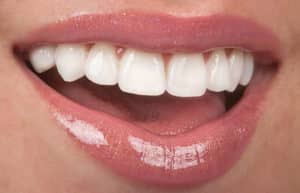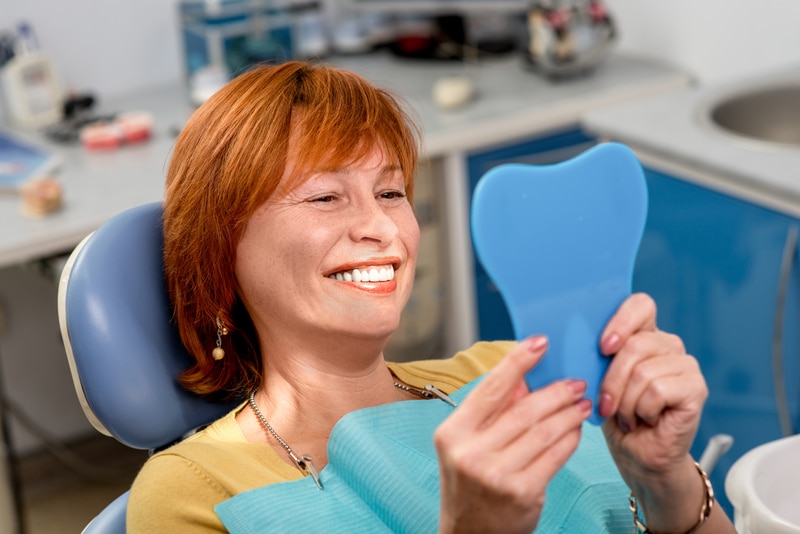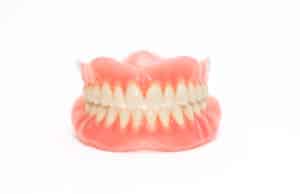National Nutrition Month: How Does Food Affect Your Teeth?

It’s National Nutrition Month, which means it’s a time to focus on the food you put into your body, and especially the food that comes in contact with your teeth and gums. Your nutrition not only affects how well your body feels, but can affect the health of your teeth. Good foods will help build your teeth up with minerals they need to stay strong. Certain foods and drinks wills strip those minerals away, damaging them. Use this guide to know how food will affect your teeth!
Mouth Bacteria and Plaque Production
Foods and drinks do more than give you energy. They can affect how you feel, how you look and even how healthy your smile is. Because so many foods and drinks (or essentially all of them) come in contact with your teeth, damage happens. When you eat, sugars in food and drink mix with bacteria in your mouth to form a sticky, clear and acidic substance called plaque.
You have countless bacteria in your mouth that help break down your food for digestion, while other bacteria (the bad kind) forms plaque. This is a substance made when bacteria consumes sugars in your foods and drinks and creates an acidic substance (plaque) as a byproduct. Unfortunately, plaque doesn’t get swallowed, as it’s sticky nature makes it stick to your tooth enamel, especially along your gum line.
The acids in it work to slowly weaken your teeth and erode your enamel over time. If you don’t brush and floss your teeth several times a day, you will eventually have weak spots and small cracks in your teeth. That allows plaque to get inside the soft center of your tooth where your nerves and blood vessels are. Infection of that sensitive center part of your tooth is what causes severe decay, leading to large cavities, root canals and even lost teeth.
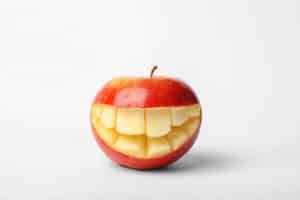
Effects of Food on Your Teeth
What you’re eating will affect your teeth in some way, whether for good or for bad. This is because substances in your food will either strip minerals from your teeth, or they will add minerals to them. The teeth are made up of minerals such as calcium, phosphate, magnesium, etc. When you eat or drink dairy products, some of those same minerals can add to your teeth, strengthening them. Other foods that are acidic in nature or that contain sugar, will lead to mineral stripping and enamel damage.
So what foods harm your smile? Anything citrus will damage your tooth enamel. This means lemon, lime, oranges, grapefruit, artificially-flavored or preserved treats and more. Check labels to see if your foods contain citric acid. Any type of acid in a food will break up minerals on your teeth. That is why sugary treats are also something you want to avoid. They actually do lead to cavities—or tooth decay—because of that sugar reaction with mouth bacteria. You want to avoid foods such as:
- Sugary Treats. Limit your desserts and candy consumption.
- Mints/Hard candies/Suckers. Any sugar item that you suck on (even cough drops) expose your teeth to a continual supply of sugar and the acids created by mouth bacteria coming in contact with that sugar.
- Starchy Foods. Breads, pastas, white food items (usually), cookies, crackers and similar foods break down into sugar in your body. They will do the same in your mouth.
- Hard Snacks. Popcorn, hard nuts, uncooked veggies, and hard fruits can break weakened or decayed teeth.
- Chewy Foods. Chewy candies, dried fruits, jellies and similar items are naturally sticky, which raises your chances that they will stick to your teeth, exposing the enamel to sugars for longer.

Don’t Forget About Drinks
You may be eating great foods that help you feel good and look good, but what about what you’re drinking? Often, many consumers don’t realize that their drinks are packed with either staining materials or several day’s worth of sugar that damage the teeth. We are talking about coffee, tea, sports drinks, energy drinks, juice and especially sodas. Coffee and tea contain substances called “tannins” that will get into tiny cracks and openings in the teeth. The darker tannins will start to change the color of the teeth over time, which is why yellow or gray teeth happens with coffee or tea drinkers.
The rest of the drinks we named will either damage your teeth from the sugar content or from the acids those drinks contain. Any carbonated beverage (soda, sparkling water) contains an acid called “carbonic acid”. This acid is what makes those fizzy bubbles possible. However, because it is acid, it will damage your teeth. When drinking these drinks, carbonic acid comes in contact with your teeth, and the acids in it will break up tooth enamel minerals for up to 20-30 minutes after you’ve had the drink. Avoid brushing your teeth during that period, or the acids can take more minerals off the teeth.
Sugary drinks have the same effect. Many sports drinks or juices contain citric acid as a preservative, which acts like carbonic acid. Drink enhancers contain this as well. Any drinks with sugar will feed bacteria and create acidic plaque, which also damages your smile. The more sugar you have, the more your teeth can decay and break up.

Fight Back Against Decay
Tooth decay is the most common dental disease and the one that happens the easiest. The National Institutes of Health reports that tooth decay is one of the most prevalent chronic diseases among children and adults. However, it’s avoidable if you watch the foods and drinks you consume and if you brush and floss your teeth twice a day for 2 minutes at a time. It’s really that simple! Let us see how the health of your mouth is doing from your foods and drinks. Call Dr. Ania’s office at 303-443-0998 to schedule your dental checkup!




